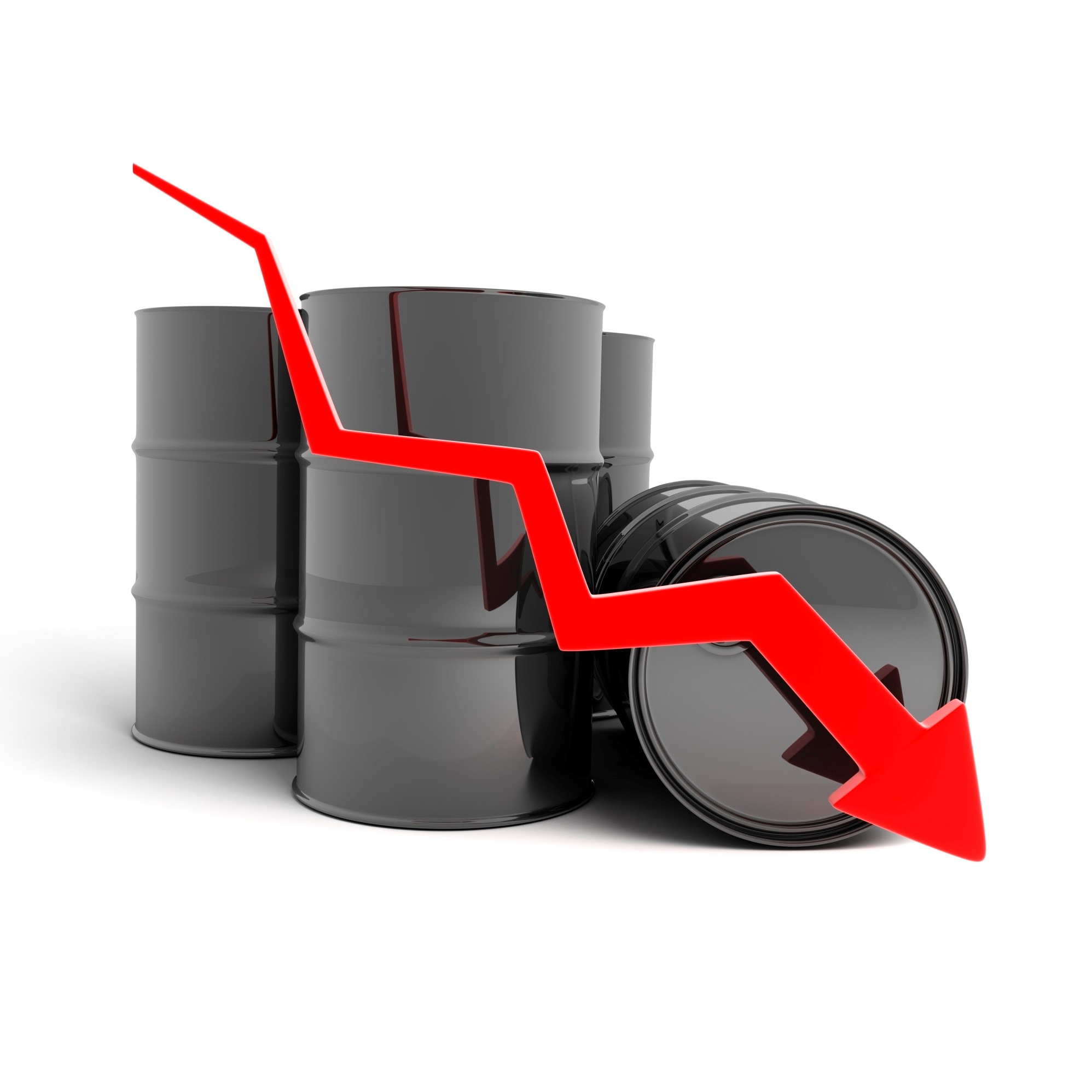
This post may contain links from our sponsors and affiliates, and Flywheel Publishing may receive
compensation for actions taken through them.
Among the many factors that contributed to the two-year decline in crude oil prices that now appears to be lifting is the lower cost of producing a barrel of crude from the various U.S. shale plays like the Bakken, Permian, and Eagle Ford. The reasons for the lower cost have as much to do with cyclical factors as they do with structural factors, and if the question is how much longer can these low break-even costs last, the answer lies in a how the various factors are related to one another.
The analysts at Rystad Energy have taken a look at the break-even price for Whiting Petroleum Corp. (NYSE: WLL) in the Bakken play. Whiting is the largest producer in the play and the company’s break-even price on crude has fallen a whopping 56% from around $66 a barrel in 2014 to $29 this year.
Rystad Energy looked at five factors that affect the break-even price of crude:
- High-grading: a cyclical factor related to drilling first in the most promising locations
- Well performance: a structural factor that affects how much crude can ultimately be recovered from a given well
- Efficiency gains: a structural factor that reflects lower drilling and completion costs brought about by more efficient operations
- Unit cost: a cyclical factor that also reflects drilling and completion costs reflecting lower unit costs
- Production cost: a cyclical factor that reflects lower lease operating expenses (LOE)
According to Rystad Energy, Whiting was able to shave $36.20 from its 2014 break-even price in the following way: high-grading, down $7.30; well-performance, down $10.10; efficiency gains, down $6.30; unit price, down $6.30, and LOE, down $6.20. In 2016, the break-even had dropped from $65.60 a barrel to $29.40.
The three cyclical factors combined for $19.80 of the decline and Rystad expects those costs for those factors to rise by a little more than they’ve dropped and the structural costs to remain unchanged. The indicates a long-term break-even price of $49.30. Rystad’s conclusion:
In the medium to long term, most companies will need to start drilling outside the core areas; hence, there will be a reversal of the high grading effect. If all the cyclical effects are reverted, the breakeven might grow by 65% over the next few years in general for US shale plays.
WTI crude for December delivery traded at $49.77 on Monday after closing at $50.85 on Friday.
Credit Card Companies Are Doing Something Nuts
Credit card companies are at war. The biggest issuers are handing out free rewards and benefits to win the best customers.
It’s possible to find cards paying unlimited 1.5%, 2%, and even more today. That’s free money for qualified borrowers, and the type of thing that would be crazy to pass up. Those rewards can add up to thousands of dollars every year in free money, and include other benefits as well.
We’ve assembled some of the best credit cards for users today. Don’t miss these offers because they won’t be this good forever.
Flywheel Publishing has partnered with CardRatings for our coverage of credit card products. Flywheel Publishing and CardRatings may receive a commission from card issuers.
Thank you for reading! Have some feedback for us?
Contact the 24/7 Wall St. editorial team.




